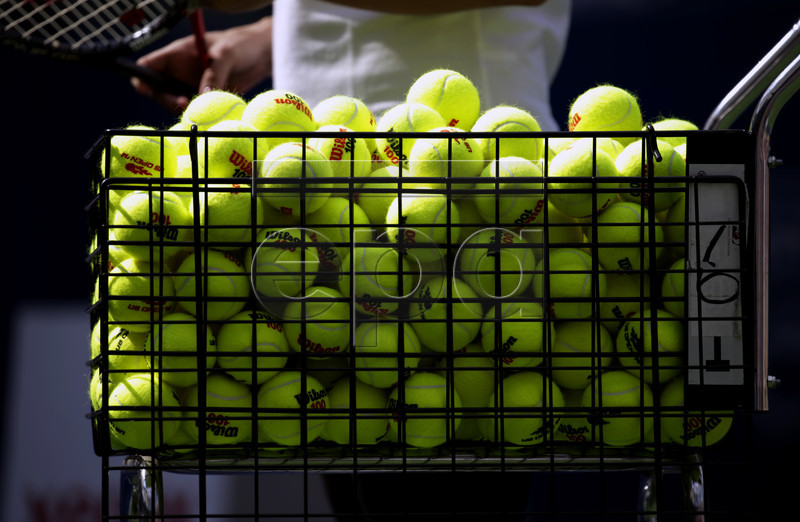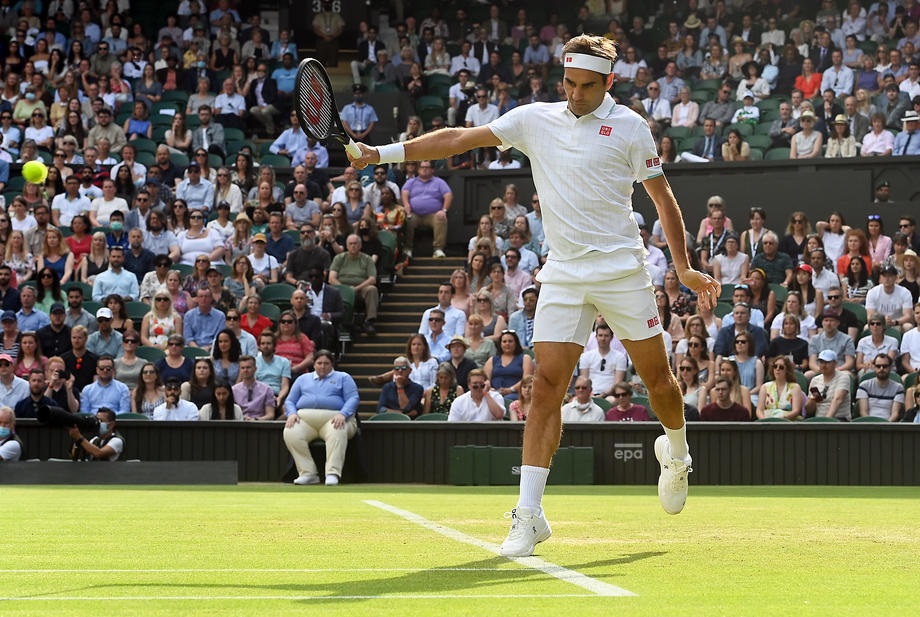- Laver Cup Pays Tribute to Retiring Rafael Nadal
- Swiss Indoors Basel Draws and Schedule for Friday, October 25, 2024
- Ricky’s picks for Friday in Basel, involving Rublev and Tsitsipas
- Maria Sharapova and Bryan Brothers to be Inducted into the International Tennis Hall of Fame in 2025
- Swiss Indoors Basel Draws and Schedule for Thursday, October 24, 2024
- Aussie Tennis hits 1 Million Hours of Court Time
- Taylor Fritz to Play for History at 2025 Delray Beach Open
- USTA Announces Reorganization, Martin Blackman Out
- Ricky’s picks for Wednesday in Vienna, including Berrettini vs. Tiafoe
- Swiss Indoors Basel Draws and Schedule for Wednesday, October 23, 2024
- Tennis News: Iga Swiatek to Play for Poland in Billie Jean King Cup
- Swiss Indoors Basel Draws and Schedule for Tuesday, October 22, 2024
- Tennis News: United Cup 2025 to Host Blockbuster Draw
- Paul improves Nitto ATP Finals standing with Stockholm title
- “Amazing” Djokovic vs. Nadal rivalry comes to an end at Six Kings Slam
10sBalls Shares Craig Cignarelli’s Look Ahead To Tennis 2018 On The ATP • WTA Tours
- Updated: December 28, 2017

In 2008, I was sitting at the BNP Paribas in Indian Wells and the gentleman beside me whispered something about statistics. For the past two decades, he’d worked for several national governments, performing economic modeling and then spitting out enough data to give their budgetary bean counters the shrieking fantods. “Eventually,” he said, “all sports will go the way of analytics. There’s just no way around useful information.”
It is now 2018 and movies like Moneyball, companies like IBM and websites like braingametennis.com have begun to have an impact at the professional sporting level. Whereas past years have seen additions of physios and sports psychologists to tennis players’ traveling teams, 2018 may herald the coming of the strategic analyst. Novak has hired Craig O’Shannessy to help him navigate the Nadal and Federer tempests. The USTA now looks to Golden Set analytics to help its players’ cause. For the first time, tennis aficionados are jettisoning terms like patterns and tactics and choosing phrases like software algorithms and computational models to prepare their game plans.
Perhaps this is how artificial intelligence makes its real foray into our sport. Certainly, Cyclops and Hawkeye were the first movers, but with these new computerized systems, we’re breaching new territory. When Roger once tossed a ball skyward and decided to go down the T on the ad- side because he felt Novak camping on the backhand, it was instinct, a feel for the match, the opponent, the previously played chess moves discovered over years of training, which suggested his tactics. Today, he’ll strike that same ball toss down-the-T because Novak returns shorter 42% of the time with his forehand wing or because his backhand return is one percentage point higher than his forehand wing – the data said so.
In a sport which disavows coaching at the elite level, players now have a way to get a priori information and to utilize that data as they move throughout a match. Ultimately, it is the players’ skills, competitive mentality, and a million other unsexy things which lead to victory. However, if those who use the data begin to dominate the sport, we’ll see a whole new category of person in the tennis stands. He or she will be wearing coke-bottle glasses and sitting with a laptop and calloused fingers, feeding information to the world’s best coaches.
The pod bay doors are now open.






